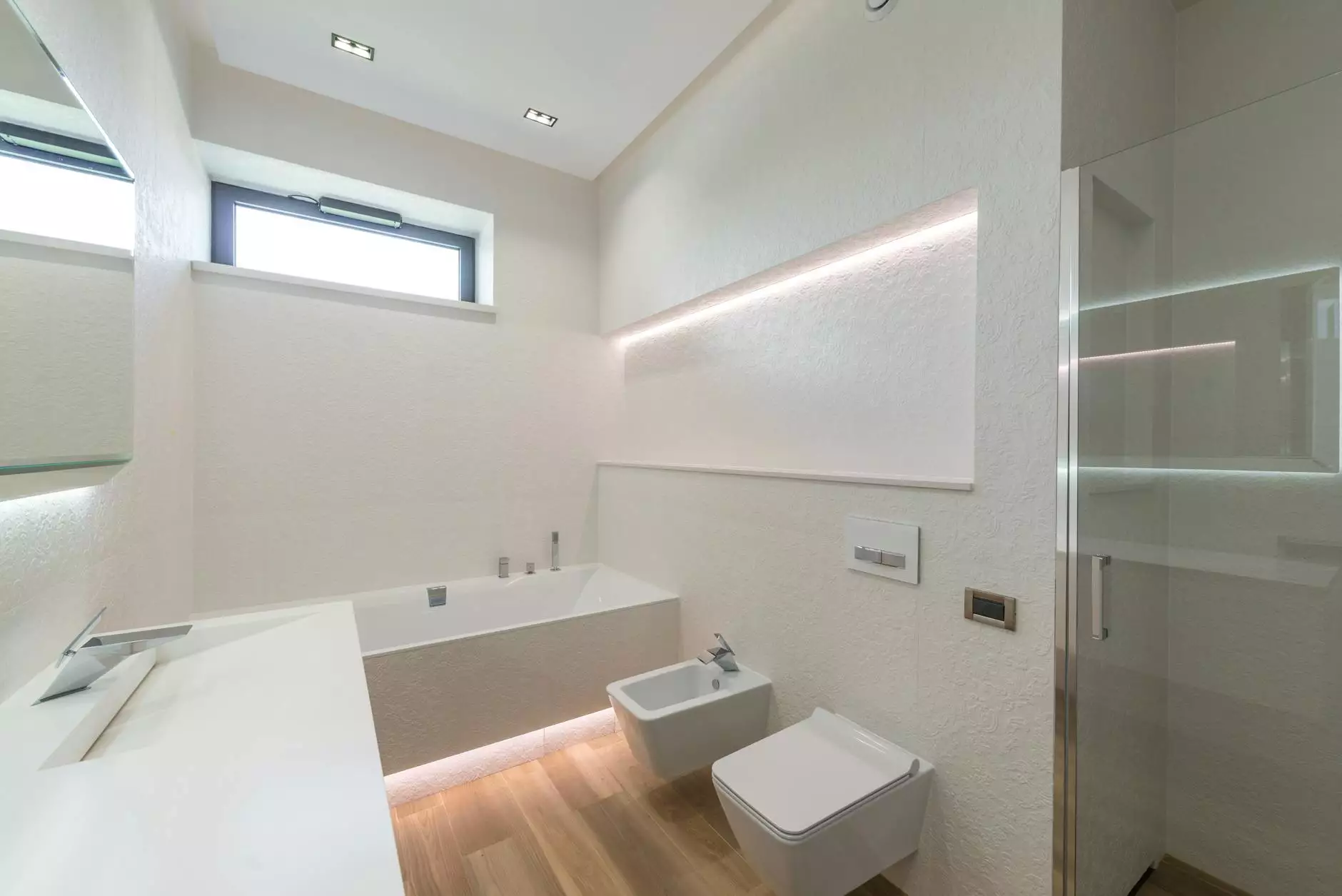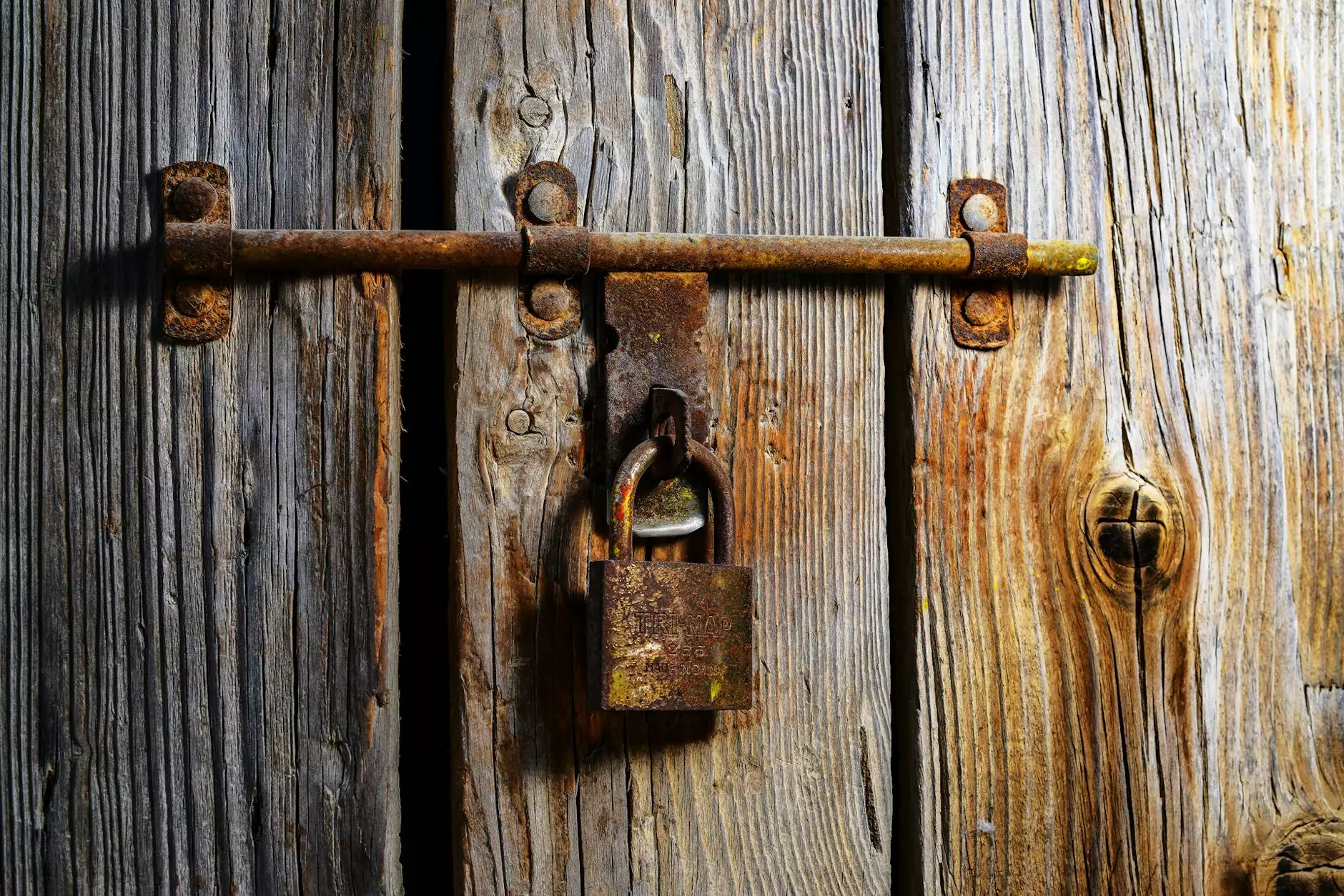Understanding Roof Fascia Replacement: An Essential Guide

When it comes to maintaining a home, one often overlooks the significance of the roof fascia. This critical component plays a vital role in the overall structure and appearance of your rooftop, yet many homeowners remain unaware of its importance. In this comprehensive guide, we delve into everything you need to know about roof fascia replacement, assuring you have the information necessary to make informed decisions for your home.
What is Roof Fascia?
The roof fascia is the horizontal board located at the edge of the roof, typically installed just before the gutter. It serves multiple purposes that are essential for both functionality and aesthetics. Comprised usually of wood, vinyl, or aluminum, the fascia boards not only provide support for the gutters but also act as a critical barrier against weather elements, insects, and animals wishing to enter your home.
The Importance of Roof Fascia
Roof fascia serves several key functions, including:
- Support for Gutters: It provides the framework necessary to support your gutter system, ensuring that water drains efficiently and effectively from your roof.
- Protection Against Elements: The fascia shields the underlying structures from water damage, thereby preventing rot and decay.
- Aesthetic Appeal: A well-maintained fascia contributes significantly to the overall curb appeal of your home.
- Preventing Pest Infestations: It helps to close off areas that could be entry points for unwanted animals or insects.
- Brandishing Architectural Style: The choice of fascia materials can add character and style, matching or complementing the home’s design.
Signs That You Need Roof Fascia Replacement
Understanding when it’s time for a roof fascia replacement can save homeowners a significant amount of trouble down the line. Here are some common signs that indicate it might be time for a replacement:
1. Visible Rot or Water Damage
If you notice any signs of rot, warping, or water stains on your fascia boards, it's a clear indicator that they need attention. Ignoring these issues may result in more severe damage that could compromise your home’s structural integrity.
2. Cracks or Splitting
Cracks and splits in the fascia board are another warning sign indicating a need for replacement. These openings can lead to further damage by allowing moisture to seep in.
3. Sagging or Drooping Fascia
If you observe that the fascia is sagging or drooping, it's crucial to address this issue promptly as it may indicate a failure to support the weight of your gutter system and potential underlying damage.
4. Pest Infestation
If you find an increase in pests around your home, particularly near the fascia, it may be a sign that the material has degraded and is allowing entry.
Choosing the Right Material for Roof Fascia Replacement
When it comes to replacing your roof fascia, selecting the right material is crucial for longevity and appearance. Below are popular materials used for fascia boards:
1. Wood
Wood fascia boards are traditional and can offer a classic look. However, they are susceptible to moisture damage and require regular maintenance, including painting and sealing.
2. Vinyl
Vinyl fascia is a popular choice due to its durability and low maintenance requirements. It’s weather-resistant and comes in a variety of colors to match your home.
3. Aluminum
Aluminum is another excellent option as it is lightweight, rust-resistant, and requires minimal upkeep. It can also be painted to suit your taste.
Steps for Roof Fascia Replacement
Whether you choose to undertake a roof fascia replacement yourself or hire a professional, understanding the steps involved can prove beneficial. Here’s a breakdown of the process:
Step 1: Safety First
Before starting any replacement process, make sure to wear the appropriate safety gear, including gloves, goggles, and a hard hat. Use a sturdy ladder and ensure it is positioned safely.
Step 2: Remove Old Fascia
Use a pry bar to remove the old fascia board carefully. Ensure you take the necessary precautions to protect any adjoining structures and avoid damage.
Step 3: Inspect for Damage
Once removed, inspect the underlying structure for any signs of water damage, mold, or rot. Address any issues before proceeding.
Step 4: Measure and Cut New Fascia
Measure the dimension of your new fascia boards accurately. Cut them to size using a saw, ensuring the cuts are clean and precise.
Step 5: Install New Fascia
Position the new fascia board into place, ensuring it is level and flush with the roofline. Secure it using nails or screws, depending on the material.
Step 6: Seal and Paint (if necessary)
If using wood, apply a water-resistant sealant and paint for added protection. Ensure everything is allowed to dry thoroughly before proceeding.
Step 7: Reinstall Gutters
Once the fascia is securely in place and any finishes are dry, reattach your gutters, ensuring they are properly aligned and functioning.
Why Choose Professional Services for Roof Fascia Replacement?
While some homeowners may opt for a DIY approach, hiring professionals for roof fascia replacement can ensure that the job is done correctly and safely. Here are a few reasons to consider professional assistance:
- Expertise and Experience: Professionals have the necessary training and experience to tackle any unforeseen issues that may arise.
- Quality Workmanship: Expert services typically offer guarantees that ensure your work is high quality and long-lasting.
- Safety: Professionals adhere to safety standards, reducing the risk of accidents on-site.
- Efficiency: A professional team can complete the job in a fraction of the time it would take an amateur.
Maintenance Tips for Roof Fascia
To prolong the lifespan of your fascia boards, regular maintenance is key. Here are some tips to consider:
1. Regular Inspections
Make it a habit to inspect your roof and fascia boards at least twice a year, especially after heavy storms or significant weather changes.
2. Cleaning
Remove debris, leaves, and dirt from the fascia regularly to prevent moisture accumulation which can lead to rot.
3. Painting and Sealing
If using wooden fascia, ensure you repaint and reseal as necessary to create a protective barrier against moisture and pests.
4. Monitor Gutters
Keep gutters clean and free from blockages to prevent overflow, which could deteriorate the fascia over time.
Conclusion
The roof fascia plays a crucial role in protecting your home and enhancing its aesthetic appeal. Recognizing the signs of wear and tear, understanding the replacement process, and opting for the right materials are essential for maintaining your home’s integrity. Whether you choose to undertake roof fascia replacement on your own or hire a professional service, ensuring quality work will provide peace of mind and enhance your property's overall value.
For further assistance with your gutter and roofing needs, feel free to visit GutterSolution.us. Our expert team is ready to help you with all your fascia and gutter service needs.









